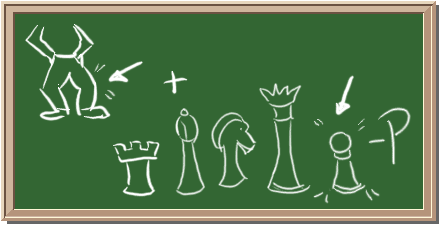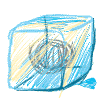
NE-ON
 Neon (Ne) is one of the fun elements. The first thing most people think of is a big neon sign. The gas is placed in glass tubes and an electric current is sent through the gas. When excited, neon enters a plasma state and glows red. Neon is the tenth element of the periodic table and the second of the noble gases. The element is incredibly non-reactive because of its electron configuration. It has a "happy" electron orbital that is filled with eight electrons.
Neon (Ne) is one of the fun elements. The first thing most people think of is a big neon sign. The gas is placed in glass tubes and an electric current is sent through the gas. When excited, neon enters a plasma state and glows red. Neon is the tenth element of the periodic table and the second of the noble gases. The element is incredibly non-reactive because of its electron configuration. It has a "happy" electron orbital that is filled with eight electrons.
Neon wasn't always the fun element it is today. It wasn't discovered or isolated until 1898 by two chemists named Ramsay and Travers. When you find it, neon is a clear, odorless gas that isn't very exciting without electricity. Scientists use the letter pair "Ne" to represent neon in chemical equations.
Where can you find neon?

|
TV Tubes Next time you're watching an old television set, you'll know that neon is one of the elements inside your TV tube. The glass screen goes way back into the television set. Scientists found out that neon is a good element to put inside the tube. |

|
Cryogenics Scientists use neon in something called cryogenics. Cryogenics is when scientists freeze things very quickly. When neon gets very cold it becomes a liquid. Because neon is very non-reactive it is a good liquid to use. It won't combine with any of the other elements used in cryogenics. |

|
Neon Signs Neon is a gas. Scientists take neon and pump it into glass tubes. When they plug those tubes into the wall and turn on the electricity the neon glows very brightly. Scientists use other gases which work like neon. Chances are that whenever you see a glowing red sign... It's probably neon. |

|
Lasers Neon is also used in lasers. Right now lasers aren't in guns to blow things up. Scientists use those lasers in experiments. Doctors also use them to do surgery. When you see a doctor using a red light on someone... It might be a laser! |




